Walt Disney, Henry Ford and one in seven Americans share an invisible characteristic: They have learning disabilities.
Project Eye-to-Eye, a national organization that facilitates mentorship between adults and elementary school students with learning disabilities, is new to Whitman this fall. In the program, Whitties with learning disabilities create art with local fourth- and fifth-grade students who face similar challenges. The 13 Whitman mentors will meet with at least as many elementary school students for the first time this Thursday, Oct. 13.

Senior Natalie Tamburello, who participated in Project Eye-to-Eye at her high school, started Whitman’s chapter of the organization. The program is rewarding to her as a mentor because it allows her to empower kids who are struggling with issues similar to the ones that she faces as a person with dyslexia.
“[Project Eye-to-Eye] helps kids build self-esteem so they learn how to self-advocate,” Tamburello said.
Part of self-advocacy includes asking for extended time on exams, taking a calculator to exams and letting a teacher know that you prefer not to be called on to read.
Sophomore Ted Younie initially thought he would be too busy to mentor, but he later decided that he really cared about serving as a role model for students who were going through an academic experience similar to his own. Since he is a BBMB major, he used to mentor with the Howard Hughes Medical Institute, but because of his background as a student with dyslexia, he decided to devote his time to Project Eye-to-Eye instead.
“Any student can help someone in science, but there are not that many collegiate dyslexics out there,” he said.
According to Director of Academic Resources Juli Dunn, 10 percent of Whitman students have a documented learning disability affiliated with the Academic Resource Center. Since national statistics are higher, she suspects that an even higher percentage of students on campus have a documented disability but have chosen not to make use of the ARC. According to Dunn, the most common learning disabilities on campus are Attention Deficit Disorder and Attention Deficit Hyperactive Disorder. Others include dyslexia, dysgraphia and slow processing.
In Project Eye-to-Eye at Whitman, elementary school kids from Edison, Sharpstein and Green Park will meet with their individually assigned mentors once a week in the Fouts Center for the Arts to do an art project that relates to their learning disability. One project, for example, involves the kids designing and presenting an invention that they believe would help with their disability.
Younie described the goals he hopes to attain for the elementary school kids from the project.
“[I want] to make kids excited about learning and to be able to stand up and tell your teacher or professor who I am and what I need to make my learning environment the best [for me],” he said.
Dunn described her role in the project to be mainly advisory because she believes the beauty of the program lies in giving the mentors and the elementary school students space to learn from each other away from the influence of academic authority figures.
“I respect that space and I think it’s important that students are given that freedom,” she said.
Dunn hypothesized that many of the Project Eye-to-Eye mentors signed up for the program as a way to give back for the help they had received and to pay it forward.
However, both Tamburello and Younie stated that they had a hard time in elementary school because of the lack of support and mentoring they received.
Tamburello used to think she wouldn’t be able to go to college because of her dyslexia. Now she is committed to using her degree to help people like herself. Last summer she received the Whitman Internship Grant to conduct research on the brain science of dyslexia at Stanford University.
At the end of year there will be an art show displaying the mentors’ and mentees’ work.
“It’s all about L.D. [learning disability] pride,” Tamburello said.





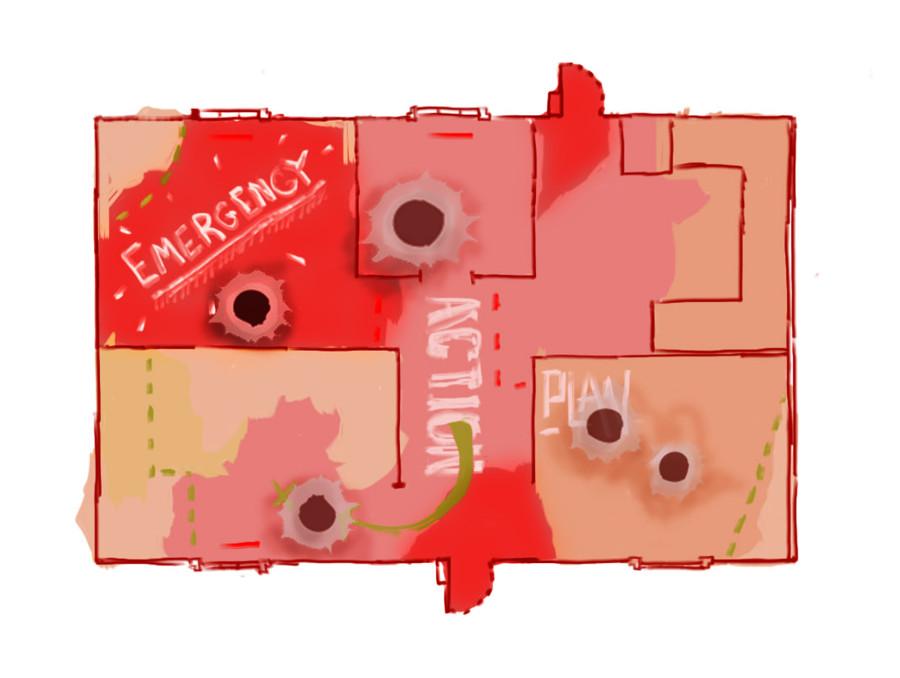
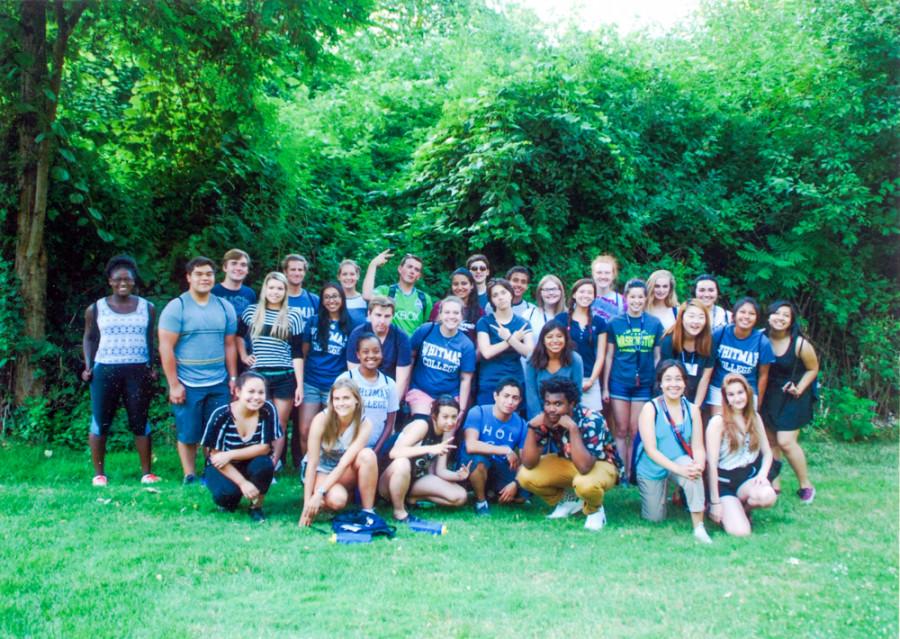
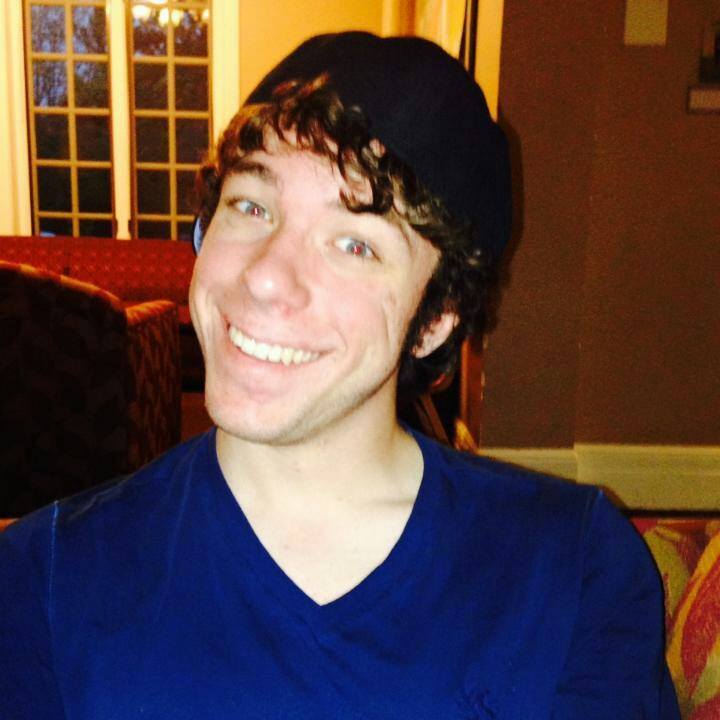

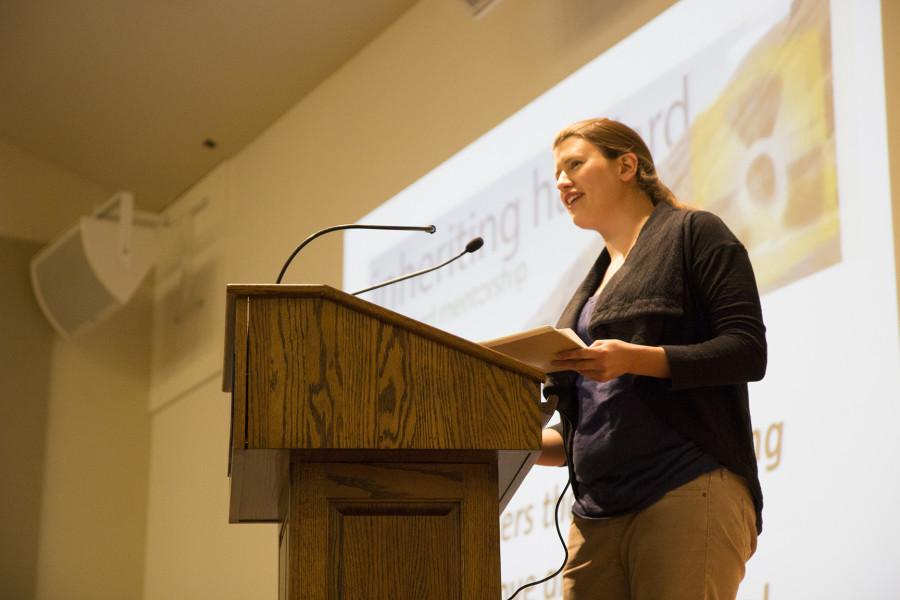
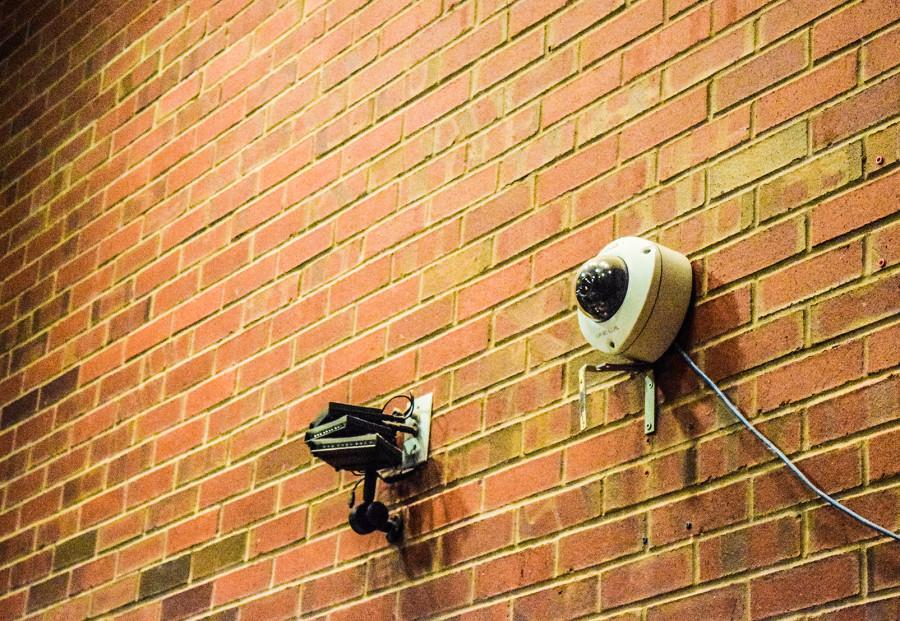
James Bensdorf • Oct 21, 2011 at 10:00 am
Why does it have to be an art project? What if a child with a learning disability does not like art? The focus is on the mentoring relationship between a college student and grade school student with a disability. Maybe they like to talk about movies or books, or do some homework together. Everyone has unique profiles of strengths and weaknesses, and tolerance levels which is where one begins when forming relationships. We need to see eye to eye.